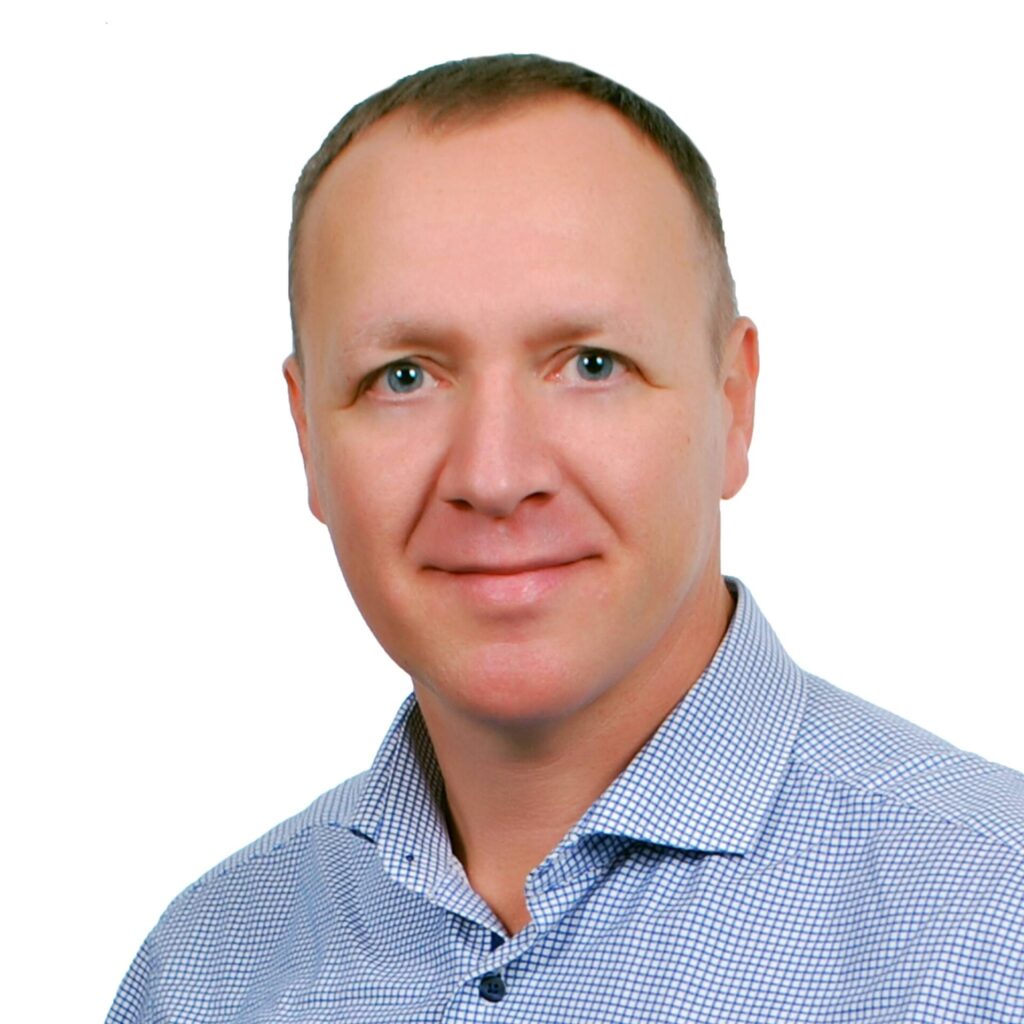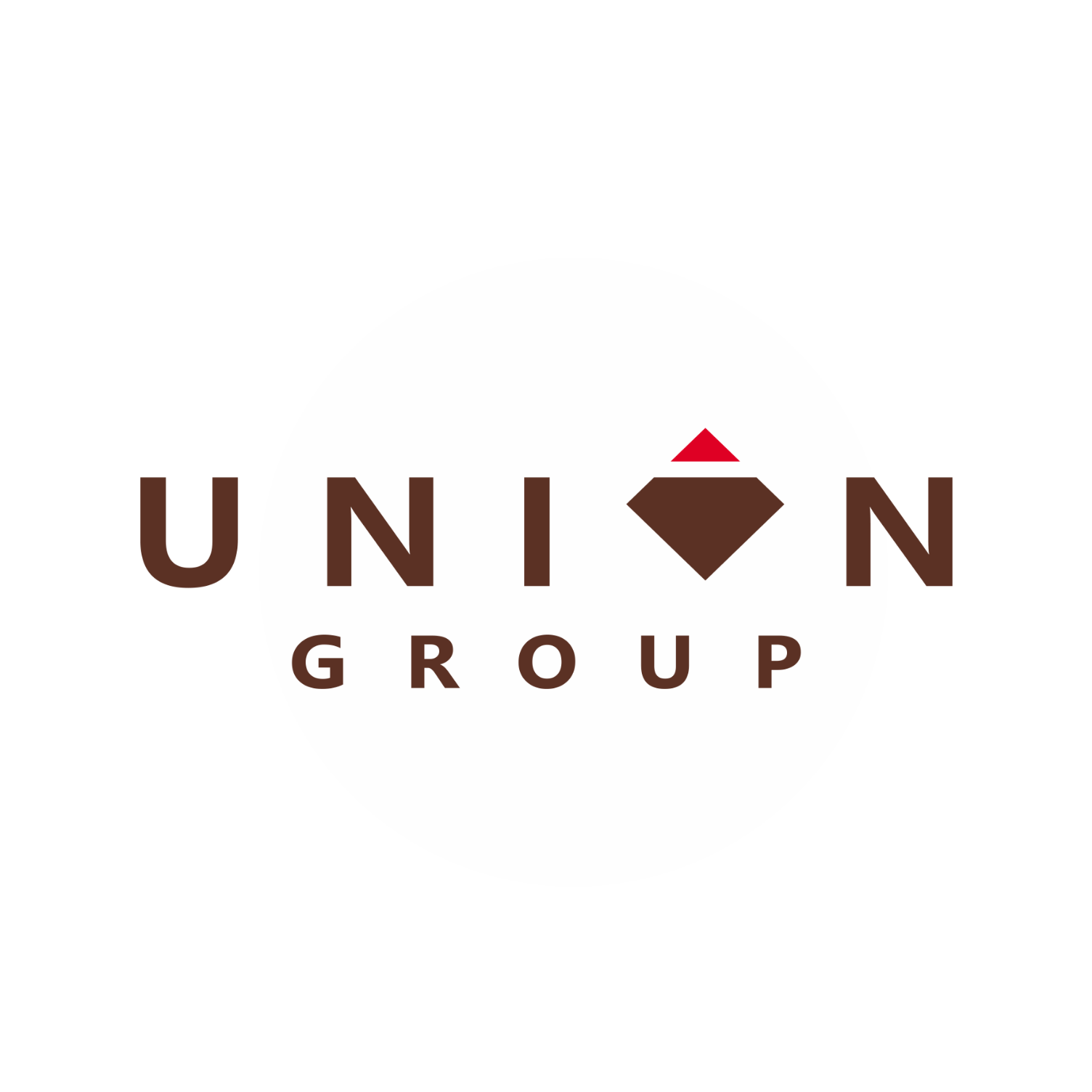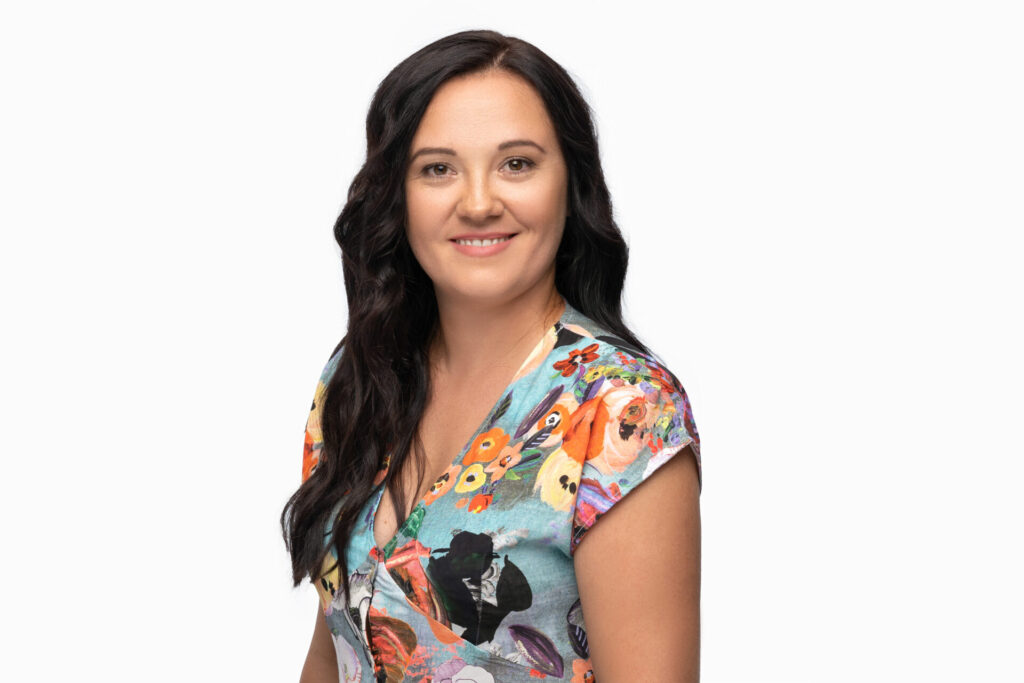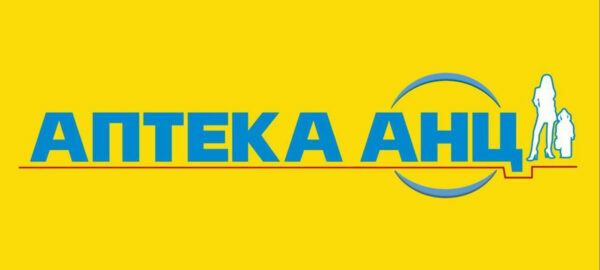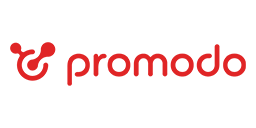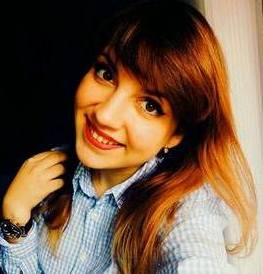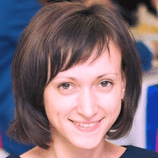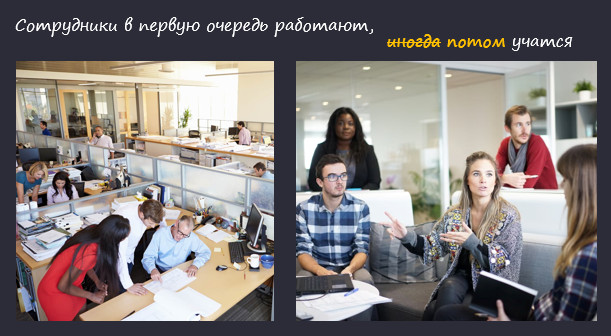
"Empty inbox folder" technique is a key to adult learning

Modern society dictates own conditions, which we have to follow whether we want it or not. Advanced companies do not need “robot-like” employees, who simply spend formal working hours at the office and just automatically perform their duties for several years without any changes. Nowadays employee is a proactive, mobile person, who improves own efficiency by constant learning. In this situation, eLearning is the most convenient and economic mean for personnel training.
The first Ukrainian nationwide conference of distant education professionals, practitioners and enthusiasts called eLearning Forum in Ukraine 2016 took place on 15th of December in Kiev. It was one of the events, which are dedicated exactly to online education practices. Direct participants of remote education projects development discussed opportunities and strategies of eLearning technologies, technical and psychological aspects of eLearning implementation, employee engagement and objective evaluation of the results. The discussion was held in an interactive way without long cliché speeches.
Today, eLearning is not just being implemented into work processes, but becomes necessity. Moreover, the following questions concerning it inherently appear: Do all employees want to learn? How can they be impelled to work on themselves? What requisite conditions should be created for them? – The solution is an “Empty inbox folder” technique. The approach of using it for adult learning was presented to the conference audience by Collaborator team.

Miroslav Botsula, co-founder and development coordinator of LMS Collaborator at eLearning Forum in Ukraine 2016
Our experience in eLearning technology implementation has proven that all employees by their attitude to learning are divided into three groups: “newcomers”, “careerists”, and “old-timers”. Everything is clear with “newcomers” and “careerists”, who are a priori motivated to learning. “Old-timers”, however, require particular approach.
People from this group already know a lot and are experienced in their profession. They have been in “comfort zone” at their workspace for a long time and take it slow for leaving it to learn something new. The only way to make training of “old-timers” efficient is to combine training with work, which is the major task of Collaborator platform.
Following basic steps of combining learning with work processes are used in Collaborator:
- complete particular operating tasks;
- be of real benefit;
- ease processes;
- avoid wasting of time (keep the most important information only);
- discipline in a non-intrusive way;
- effect on benefits;
- help in organizing.
As a rule, calendars and timetables are used for educational process arrangement. The calendar is a long term prospect of what should be done, while the timetable is a plan for a week. Additionally, we advise using a stack of tasks or inbox, which is what has to be done today.
Completing tasks promptly upon its’ occurrence, thereby keeping inbox folder empty, is the “empty inbox” technique.
If an employee completes the task successfully, it will disappear for the stack. If the task was failed or not completed in time, it would stay.
However, to make inbox principle work, the approach to learning process by itself has to be changed. There has to be no long multilevel courses or bulky lectures and monotonous texts.
It is almost impossible to master such materials during a single, or several days. Besides, “classical” long courses in particular, discourage people from even start learning.
It is exponentially effective to present new information partially, by dividing it into some mini-courses.
In addition, tasks in form of courses are certainly not the only training method. There are many other methods in Collaborator’s set of tools, thanks to which the information could be acquired more easily and interestingly.
For example, it could be special video clips, books, blog articles, presentations, polls, tests, webinars, WEB resources, interactives, etc.
Another condition for this approach is that an employee must receive these tasks regularly and be able to complete a single task within 1 hour. If new tasks are assigned at preselected and the most convenient day for education once per week, the employee would gradually get used to completing them. Even “old-timers” are able to organize own time for work and study, if tasks will appear at inbox folder with regularity of TV series.
Here you can learn more about efficiency of weekly task assignment on a practical level.
Learning as any other process has to be controlled. For adult learning, it is very important to determine criteria, which will display state of this process. Such criteria could be as follows:
- Number of timely completed tasks against number of all tasks assigned during set period of time (week, month, quarter, etc.). This value reflects study involvement;
- Point amount gained after completing of all tasks. This value directly connected to study rating of an employee;
- Success threshold point amount for completed tasks. It shows required level of the employee rating. This value could be compared to gained point number for determining how well the employee completes his or her tasks;
- Number of requests to tasks, forum threads, comments and other materials related to learning process during the set period. It also characterizes the involvement.
Besides, it is important to organize convenient reviewing of learning results:
- by employee – list of completed tasks and its results;
- by tasks – list of employees, who completed the tasks and results.
Learning control in Collaborator is being performed using different reports with value tables and infographics. Filtering, data sorting and exporting to MS Excel could be applied to every report for convenience. Here are some of these reports:
“Study history” – reflects data by chosen user. It contains results and status of tasks assigned to the user as well as dynamic pattern of user learning rating.
Report by single task – shows how often the task was requested (opened), gained points and its status depending on task type and content. In case of tests, this report displays results of each test attempt and testing protocol. In case of resources, the report reflects how many times it was opened and resource reading/reviewing statistics.
An “empty inbox” technique for adult learning is one the main principles of Collaborator philosophy. This approach have been used by our clients for several year, and the technique produces good results if handled properly. You need to adhere to the following rules to make “empty inbox” work:
- learning should be short and essential;
- learning should be regular and partial;
- learning should be controlled and encouraged.
We offer you to try Collaborator in action. Please call or write us if you are interested. We will help you at each stage of implementing of corporate learning.



